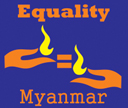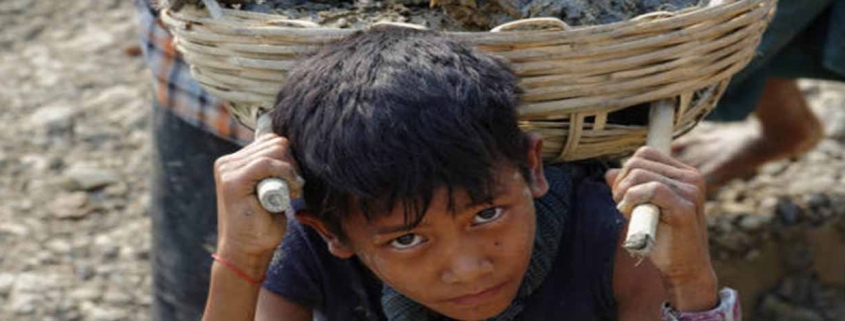Myanmar: too many children still in hazardous and unsafe forms of work
Yangon (ILO News) – Almost one in ten of Myanmar’s 12 million children between the age of 5 and 17 are engaged in child labour, too often exposed to hazards and risks. Pushed by poverty, estranged from school, children enter the workforce with little awareness about occupational safety and health (OSH) rights and responsibilities, and therefore at high risk of fatal injuries.
There are over 600,000 Myanmar children engaged in hazardous work that harms their health, safety and morals.
From stretches of cultivated fields to teashops in the country’s economic capital of Yangon, most of Myanmar child labourers, as in the rest of the Asia-Pacific, are found in the informal economy.
“Myanmar is facing up to the massive challenge of child labour and making it a national priority”, said Rory Mungoven, ILO Liaison Officer in Myanmar on the occasion of World Day against Child Labour, marked on June 12. “A first priority should be to keep children out of hazardous forms of work and improve the safety conditions for those young people who are working”.
Myanmar has ratified ILO Convention No.182 on the worst forms of child labour in December 2013, and with the assistance of the ILO, the Government is in the process of finalizing its first National Action Plan (NAP) on Child Labour, including the list of hazardous work prohibited to children under 18 as required by the Convention.
To ensure the finalization and implementation of the NAP, the Government has established in February 2018 the National Committee for the Eradication of Child Labour chaired by the Vice-President, with representatives of key ministries, workers’ and employers’ organizations, as well as the civil society.
“We are making access to quality education a reality, strengthening the actions aimed at fighting child labour for young generations”, stressed U Nyunt Win, Director General of the Factories and General Labour Laws Inspection Department (FGLLID) of the Myanmar Ministry of Labour, Immigration and Population speaking at the celebration of the World Day held in Yangon.
Ending child labour and promoting safe and healthy work for young people requires an integrated strategy and coordinated actions which include the following steps:
-
· Children in child labour must be withdrawn from all forms of work for which they have not reached the minimum age, and be ensured access to quality education;
- The list of hazardous child labour must be finalized, along with the new Child Rights Law
- Young workers should receive basic OSH training before being assigned to perform job tasks;
- Young workers should be fully trained in their job tasks and provided appropriate on-the-job supervision;
- The right of young workers to refuse to perform work that presents an imminent danger to their safety or health must be protected;
This year’s World Day Against Child Labour is celebrated in conjunction with the ILO’s campaign Generation Safe & Health , seeking to promote safety and health for young workers. The joint campaign aims to accelerate action to achieve Sustainable Development Goal (SDG) target 8.7 of ending all forms of child labour by 2025 and SDG 8.8 of safe and secure working environments for all workers by 2030.
The ILO’s work in Myanmar to achieve these goals is done through the Myanmar Programme on the Elimination of Child Labour (My-PEC) , and the SafeYouth@Work and Youth4OSH projects.
For media requests, please contact: Marco Minocri, Communications Consultant minocri@ilo.org



